Like many new technologies, light propulsion was originally conceived as a tool of war and national defense. But the “Star Wars” missile defense system may eventually send rockets, rather than missile-destroying lasers, into space.
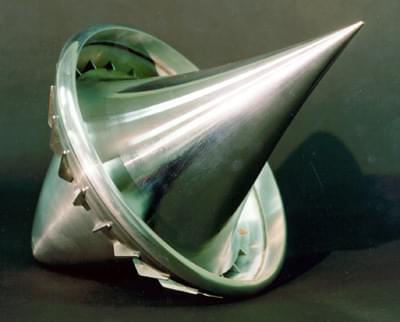


Circa 2010
Light has been put to work generating the same force that makes airplanes fly, a study appearing online December 5 in Nature Photonics shows. With the right design, a uniform stream of light has pushed tiny objects in much the same way that an airplane wing hoists a 747 off the ground.
You’ve read your last complimentary article this month. To read the full article, SUBSCRIBE NOW. If you’re already a subscriber, please sign in and and verify your subscription.
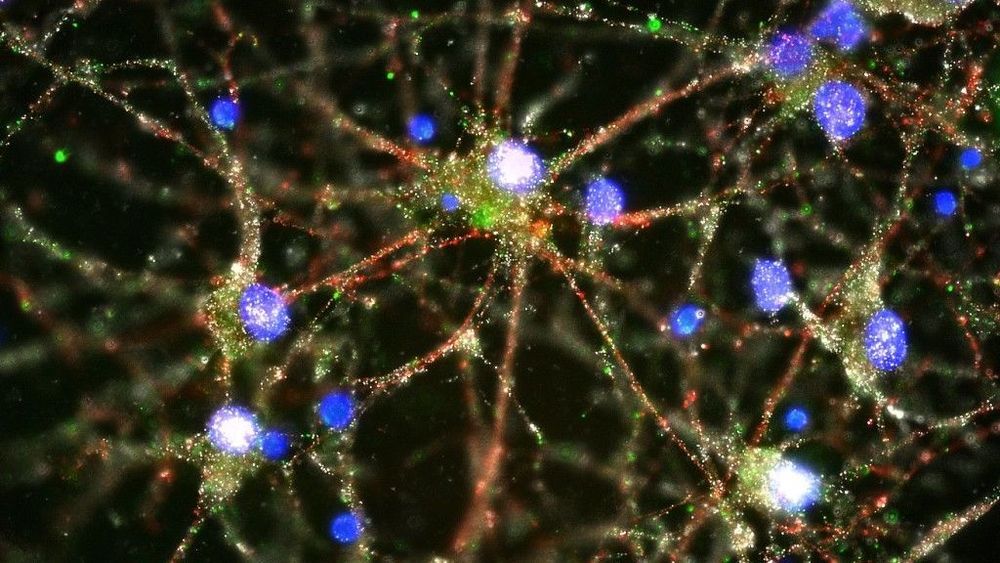
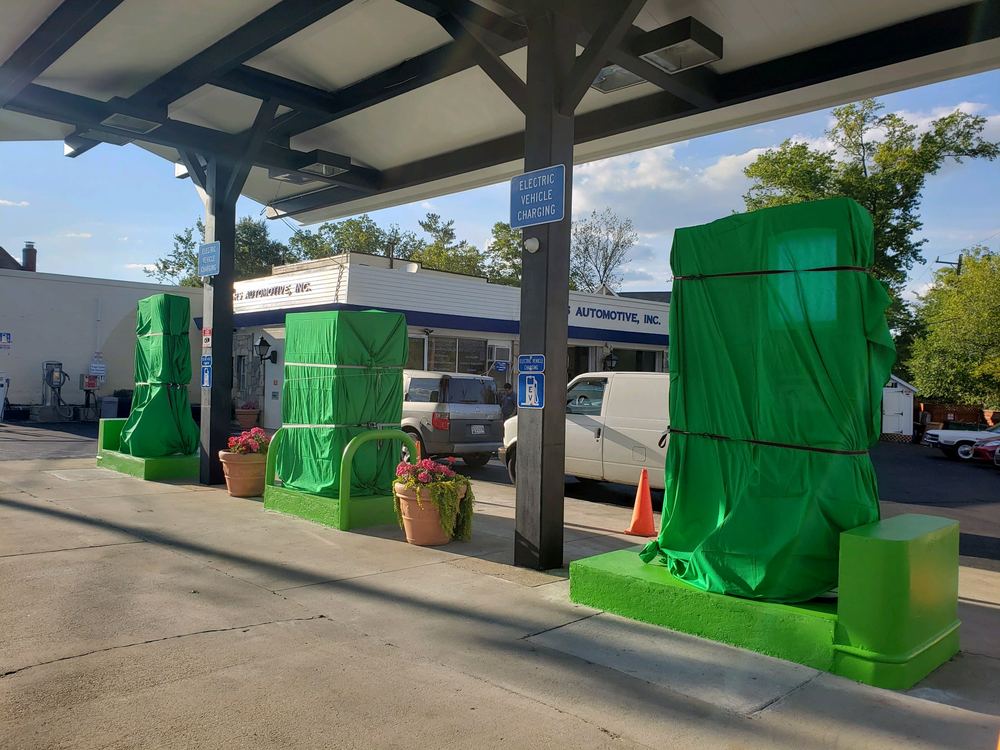
Elon Musk has once again issued a stark warning over his fears about the rise of artificial intelligence.
The Telsa CEO shared a pair of tweets today that stated it will not be long until ‘advanced AI’ manipulates social media.
Musk has suggested sites closely watch to see if bot swarms are evolving faster, as this could be a dead giveaway of a robot takeover.
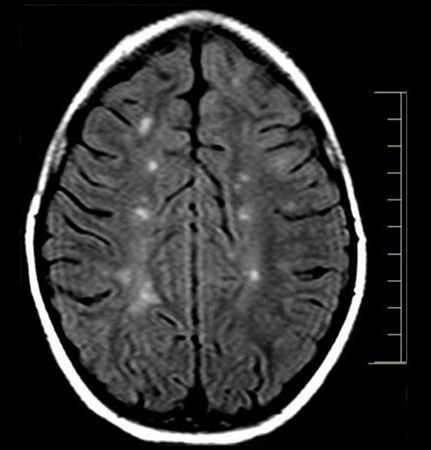
STOCKHOLM — A new trial of autologous mesenchymal stem cells in progressive multiple sclerosis (MS) has shown encouraging results, with significant benefits vs placebo in several measures of disability.
The double-blind placebo-controlled phase 2 study — described as “very pioneering” and “provocative” by outside commentators — was presented at the recent 35th Congress of the European Committee for Treatment and Research in Multiple Sclerosis (ECTRIMS) 2019.
Both intravenous and intrathecal administration of the stem cells showed beneficial clinical effects compared with placebo in terms of Expanded Disability Status Scale (EDSS) changes and several other functional outcomes, but the intrathecal route appeared superior to intravenous administration, reported Dimitrios Karussis, Hadassah University Hospital, Jerusalem, Israel.

More than 9000 scientists, including Andre Geim, Carlo Rubbia and eight other Nobel-prize-winning physicists, have signed a letter calling on the European Commission (EC) to reinstate a dedicated commissioner for education and research. The letter claims that that an out-and-out role for education and research is necessary to create a sound basis for innovation in Europe.
News of the apparent sidelining of science emerged when Ursula von der Leyen, the EC’s president-elect, presented her team and the new structure of the next European Commission on 10 September. It included her candidates for the new set of 18 commissioners, but the plan no longer included a commissioner that explicitly represents education and research.
These areas are instead expected to be covered by the commissioner for innovation and youth – the nominee for which is Mariya Gabriel, who is the current commissioner for digital economy and society. In the new set-up, the innovation and youth role appears to be a merger between the current directorate for research, science and innovation with that for education, culture, youth and sport.
In music, “portamento” is a term that’s been used for hundreds of years, referring to the effect of gliding a note at one pitch into a note of a lower or higher pitch. But only instruments that can continuously vary in pitch—such as the human voice, string instruments, and trombones—can pull off the effect.
Now an MIT student has invented a novel algorithm that produces a portamento effect between any two audio signals in real-time. In experiments, the algorithm seamlessly merged various audio clips, such as a piano note gliding into a human voice, and one song blending into another. His paper describing the algorithm won the “best student paper” award at the recent International Conference on Digital Audio Effects.
The algorithm relies on “optimal transport,” a geometry-based framework that determines the most efficient ways to move objects—or data points—between multiple origin and destination configurations. Formulated in the 1700s, the framework has been applied to supply chains, fluid dynamics, image alignment, 3D modeling, computer graphics, and more.
Spot is an agile mobile robot that you can customize for a wide range of applications. The base platform provides rough-terrain mobility, 360 degree obstacle avoidance, and various levels of navigation, remote control and autonomy. You can customize Spot by adding specialized sensors, software and other payloads. Early customers are already testing Spot to monitor construction sites, provide remote inspection at gas, oil and power installations, and in public safety. Spot is in mass production and currently shipping to select early adopters. Find out more about using Spot in your application by visiting us at https://www.BostonDynamics.com/Spot.
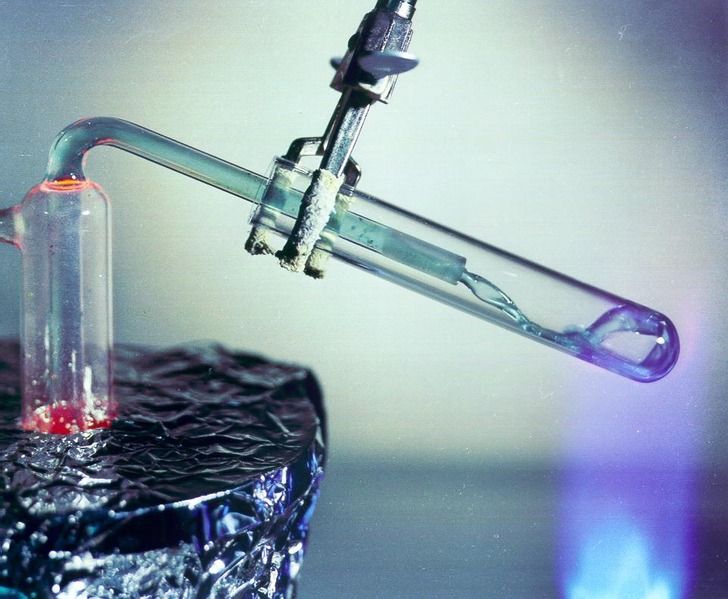
A molten salt reactor (MSR) is a type of nuclear reactor that uses liquid fuel instead of the solid fuel rods used in conventional nuclear reactors. Using liquid fuel provides many advantages in safety and simplicity of design.
The figure above shows one type of MSR design. As shown towards the left, the reactor contains “fuel salt”, which is fuel (such as uranium-235) dissolved in a mixture of molten fluoride salts. After a fission chain reaction starts in the reactor, the rate of fission stabilizes once the fuel salt reaches around 700 degrees Celsius. If the reactor gets hotter than 700 degrees, the resulting expansion of the fuel salt pushes some of the fuel into the circulation loop; this, in turn, decreases the fission rate (since fission cannot be maintained in the loop), causing the fuel to cool.
Unlike conventional reactors, the rate of fission in an MSR is inherently stable. Nonetheless, should the fuel salt become too hot to operate safely, a freeze plug (made of salts kept solid by a cooling fan) below the reactor will melt and the liquid content of the reactor will flow down into emergency dump tanks where it cannot continue to fission, thus allowing it to cool safely.